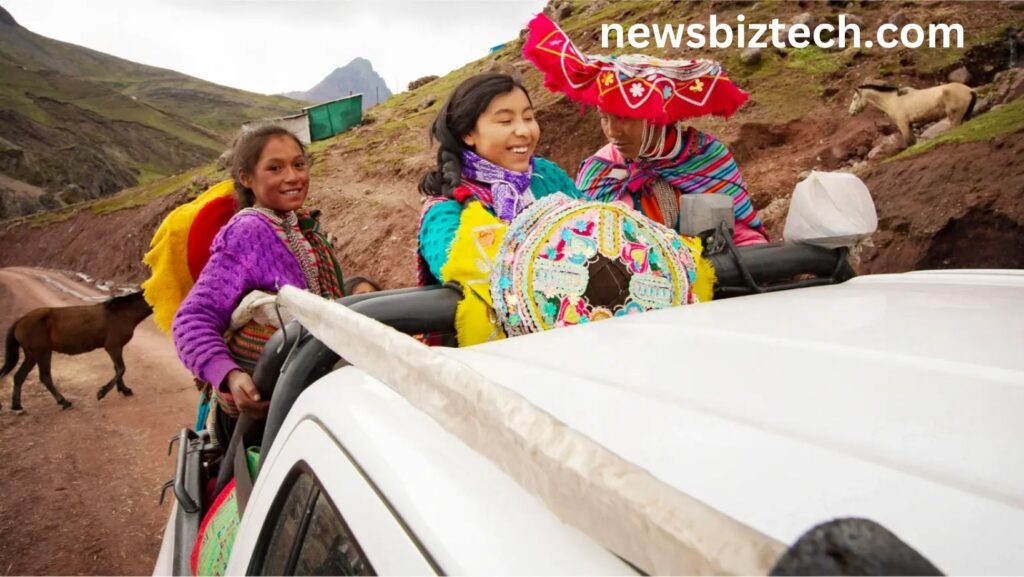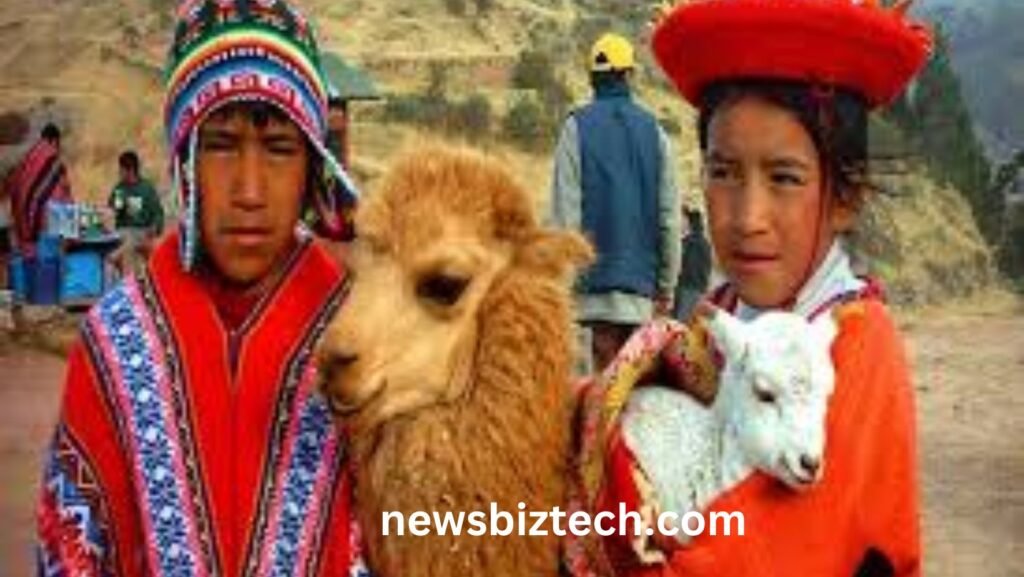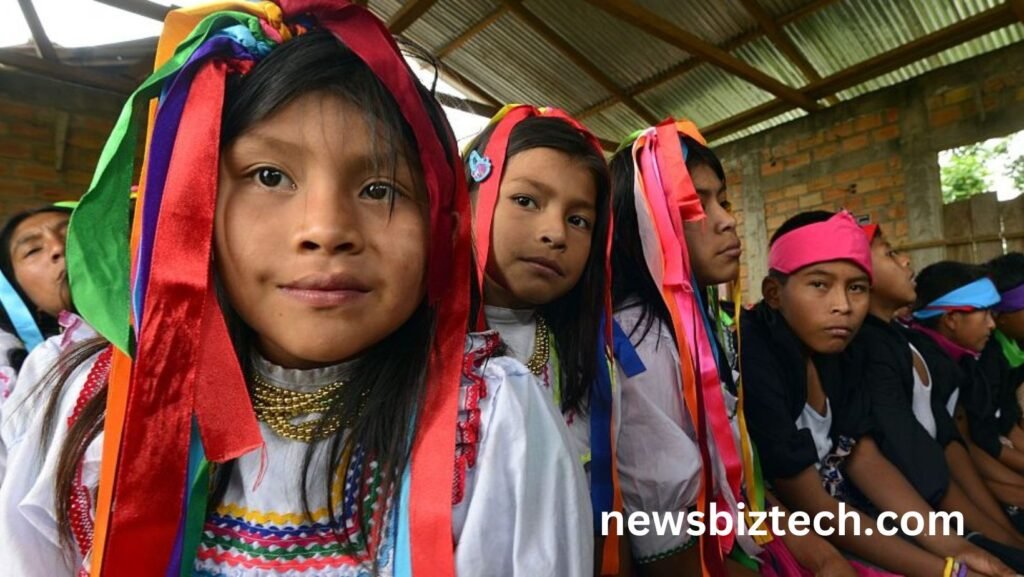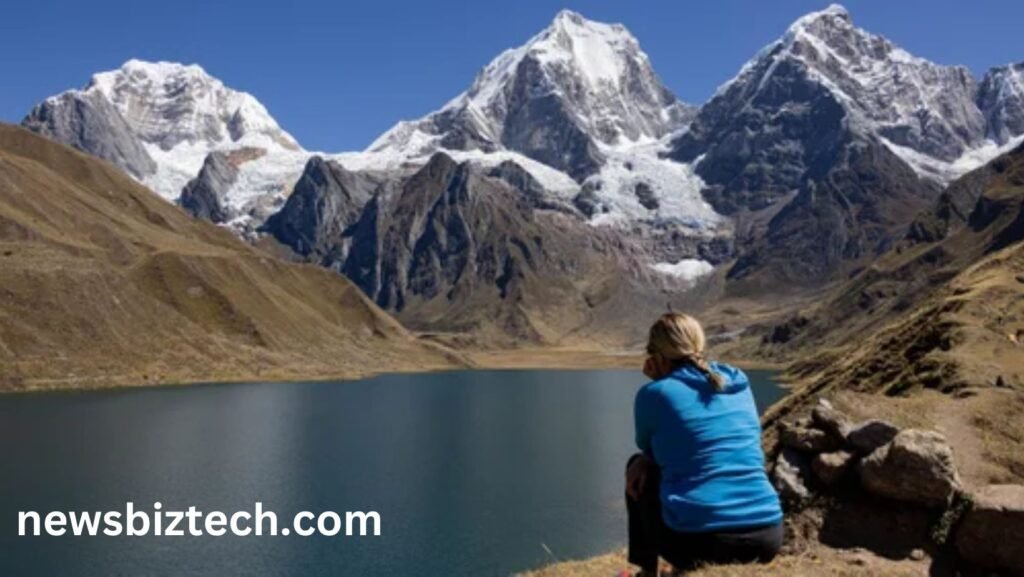The expression “headgear pegar entre varios quechua” does a very interesting job in revealing an appropriate mixture of the Quechua language and Andean culture, where cooperation, conflict, and communal life play a more important role. In traditional Andean communities, group activities such as “pegar entre varios” (acting together or conflict resolution by several persons) are of immense importance in maintaining social order and fortifying social bonds. With approximately 8-10 million speakers in the Andean region, Quechua maintains deeply rooted customs related to collaboration, cooperation, and conflict resolution. The article explores the cultural, linguistic, and social relevance of these concepts within modern and historical contexts to obtain some insight into the current functioning of Quechua-speaking communities.
Key Takeaways
- Meaning and Context: “Huayqear” and “pegar entre varios” in Quechua reflect communal efforts, conflict resolution, and cooperation within traditional Andean societies.
- Language and Cultural Significance: Quechua, spoken by millions across the Andes, embodies unique cultural practices through its words, like collective action and conflict management.
- Collaboration and Dispute Resolution: Andean communities often resolve conflicts through communal participation, symbolized by phrases like “pegar entre varios.”
- Evolution of Collective Practices: These traditions, including ritual cooperation, continue to influence modern community life and social dynamics in South America.
- Quechua’s Role in Modern Society: Quechua remains a living language used in education, governance, and media to preserve cultural identity and practices.
- Tables and Data: The article provides detailed statistics on Quechua-speaking populations and examples of collective community practices.
What does “Huayqear pegar entre varios quechua” mean?
Huwaki tear pegar entre varios,” which means, in fact, a collective effort or settling disputes through the interference of many. Indeed, this expression addresses the traditional aspect of cooperation among Quechua speakers. It’s all about collective responsibility, shared efforts, and conflict mediation. People there work together to construct roads or meet agricultural challenges and to mediate interpersonal disputes to maintain community peace.
Also, Read More: huayqear pegar entre varios quechua
Importance of Collective Action in Quechua Culture

Communal Labour – Practice of Ayni and Minka
Ayni is reciprocal labor wherein one does toil expecting the favors or services back in the future.
These practices embody the principles of “headgear,” mutual support, and community cohesion. Charts and graphs show that these practices were common in all areas.
Community Resolution of Conflict
All Andean cultures solve problems with the aid of the community. One does not place the problem in one person’s hands, generally the dominant person, but sends the matter to a group of people in the community who best represents the “pegar entre varios” concept.
- Land use, marriage, or trade conflicts are often through mediation by the community’s elders and members.
- This does not allow dormant animosity to prevail for reasons of conflict resolution is a joint responsibility
| Practice | Meaning | Example |
|---|---|---|
| Ayni | Reciprocal help | Neighbors help with farming tasks |
| Minka | Communal labor | Building irrigation systems for the village |
Language and Cultural Identity – The Significance of Quechua
Quechua is one of the oldest indigenous languages in South America and has an important role in passing values connected to cultural identity, such as cooperation and conflict resolution.
- According to UNESCO, Quechua is spoken by roughly 10 million Peruvians, Bolivians, Ecuadorians, Colombians, and Argentinians.
- The education of Quechua is disseminated throughout schools and media so that successive generations continue these traditions

How Contemporary Communities Adapt These Traditions
Although many traditional aspects have morphed into something entirely different, many contemporary Quechua-speaking communities have retained aspects of collective action and cooperation in some guise or another.
- Even in cities, communities still retain some semblance of communal labor in organizing events or protests.
- Quechua is incorporated into official government documents and law enforcement to reach the indigenous world.
- Local NGOs and institutions of culture promote the observance. The Quechua traditions, such as producing within communes and solving conflicts
| Country | Quechua Speakers | Government Initiatives |
|---|---|---|
| Peru | 3.8 million | Bilingual education policies |
| Bolivia | 2.2 million | TV programs in Quechua |
| Ecuador | 600,000 | Radio broadcasts |
Problems Facing Preservation of Quechua Traditions
- Regardless of Quechua, there exist problems that entail:
- Loss of language through migration and urbanization.
- No, or minimal access to education in the rural sector, whereby cultural knowledge has not been set on the table.
- Policies of the government that focus on dominant languages by not keeping Quechua in regular education.
FAQs

What is “headgear”?
Huayqear is a process of collective action or help among community members.
How are disputes settled in the Quechua?
Differences are usually settled by the intervention process of a group and with mediation in the community. This ensures it is fair, and that society is at peace.
Is the Quechua language alive today?
True, millions of people in the Andes speak Quechua, and government initiatives to support bilingual education initiatives. huayqear pegar entre varios quechua
In what ways do Quechua traditions influence contemporary society?
Many communities remain observant of communal labor and cooperative conflict resolution and adapt these practices to the realities of city life in the modern day.
What are some challenges facing the continuation of Quechua traditions?
Some of the challenges facing the continuation of Quechua traditions include erosion. The language and lack of educational opportunities available in rural areas besides migration.
Also, Read More: huayqear pegar entre varios quechua
Conclusion
A culture that integrates elements of cooperation, and conflict resolution. Communal participation is best described by the phrase “Huayqear pegar entre varios”. As practiced in Quechua customs such as ayni and Minka, these customs. Still applicable in both rural and urban communities. Even though modernization and migration have negatively affected the preservation of these traditions, efforts to save them have been made through education, government support, and community efforts. Understanding and appreciation of these customs preserve cultural identity and social bonding within the Quechua-speaking populations.

